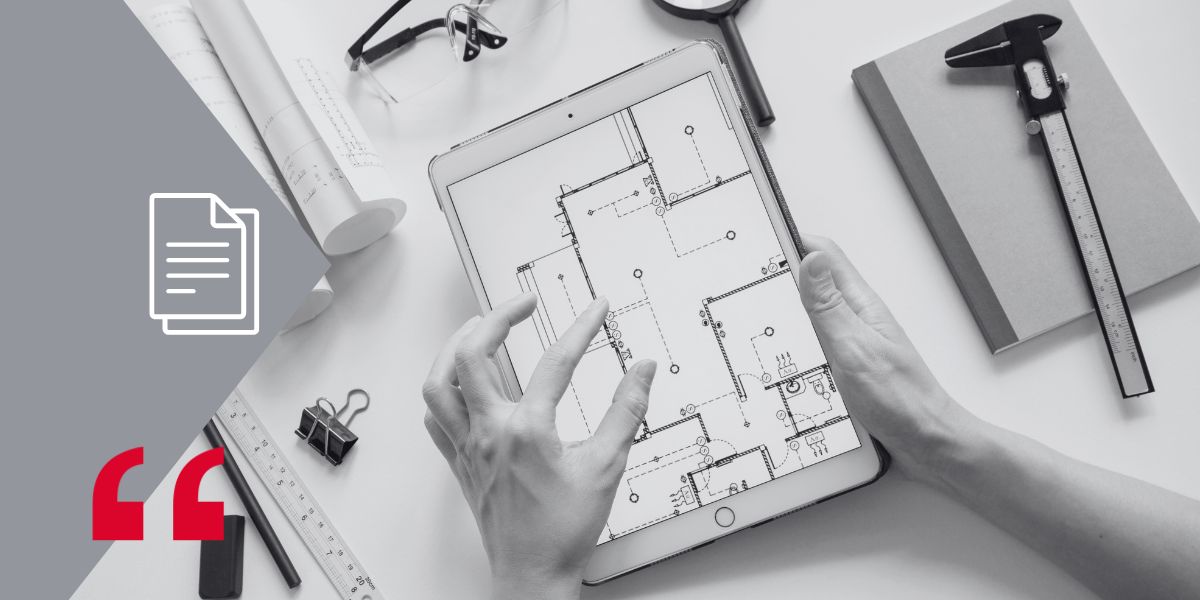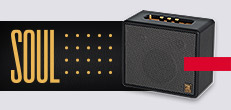In the field of sound, precision and audio quality are essential to ensure effective and clear communication. One of the most valuable resources to achieve these goals is EASE files in PA systems. In this article, we will explore what these EASE files in PA systems are, their benefits, and how to implement them in PA systems to achieve optimal results.
What are EASE files in PA systems?
EASE (Enhanced Acoustic Simulator for Engineers) files are acoustic simulation tools that allow sound engineers to design and optimize PA systems with exceptional precision. These EASE files in PA systems contain detailed data on the acoustic response of different spaces, allowing engineers to predict how sound will behave in a specific environment before installing the PA equipment.
EASE technology is widely used in the professional audio industry to model and analyze sound distribution in auditoriums, stadiums, churches, and other large spaces. Thanks to EASE files in PA systems, it is possible to adjust key parameters such as speaker placement, equalization, and reverberation time, among others.
Benefits of using EASE files in PA systems
The use of EASE files in PA systems offers numerous benefits, among which are:
1. Precision in acoustic design
Acoustic simulation with EASE files in PA systems allows engineers to accurately predict how sound will propagate in a given space. This facilitates informed decisions about speaker placement and configuration, ensuring uniform coverage and optimal sound quality.
2. Saving time and resources
By being able to model and adjust the PA system virtually, installation times and on-site testing are significantly reduced. This not only saves time but also costs associated with possible reconfigurations and adjustments after installation.
3. Improved user experience
A well-designed PA system using EASE files in PA systems ensures that all listeners, regardless of their location within the space, receive clear and balanced sound. This improves the user experience and ensures that messages are clearly understood.
How to implement EASE files in PA systems
Implementing EASE files in PA systems requires following several key steps to ensure effective acoustic design:
1. Data collection of the space
The first step is to gather detailed information about the space where the PA system will be installed. This includes dimensions, building materials, furniture, and any other factor that may affect the acoustics. This information is crucial for EASE files in PA systems.
2. Creation of the acoustic model
Using the EASE software, an acoustic model of the space is created based on the collected data. This model allows simulating how sound will propagate and interact with the environment’s surfaces. Factors such as space geometry, surface materials, and furniture arrangement are considered. Each of these elements affects how sound reflects, absorbs, and disperses within the space. With this data, EASE files in PA systems can generate a detailed acoustic map, showing areas of possible echo, dead zones, and other acoustic issues that need to be addressed. Additionally, the model can be iteratively adjusted, allowing engineers to experiment with different configurations and optimize the design before physical installation.
3. Simulation and adjustment
With the acoustic model in place, different speaker configurations can be simulated and parameters adjusted to find the optimal solution. This includes testing different positions, angles, and types of speakers to achieve uniform coverage and minimize dead spots and echo areas. EASE files in PA systems allow these adjustments to be made with great precision.
4. Implementation and verification
Once the optimal adjustments are defined in the simulation, the physical installation of the PA system proceeds following the model specifications. Subsequently, on-site tests are conducted to verify that the results are consistent with the simulation, and fine adjustments are made if necessary. EASE files in PA systems achieve these verifications more optimized and efficiently.
Conclusion
The use of EASE files in PA systems is an essential practice to achieve precise and efficient acoustic design. Thanks to these simulation tools, engineers can optimize sound distribution, save resources, and significantly improve the user experience. By following the appropriate steps to implement these EASE files in PA systems, it can be ensured that any space has clear and balanced sound coverage, meeting the highest standards of acoustic quality.
Additionally, EASE files in PA systems provide an invaluable ability to predict and solve acoustic problems before they become significant obstacles. This not only improves the efficiency of the installation process but also ensures that the PA system functions optimally from the first moment. Engineers can adjust and refine the acoustic design in a virtual environment, minimizing the need for costly and time-consuming modifications once the system is operational.





